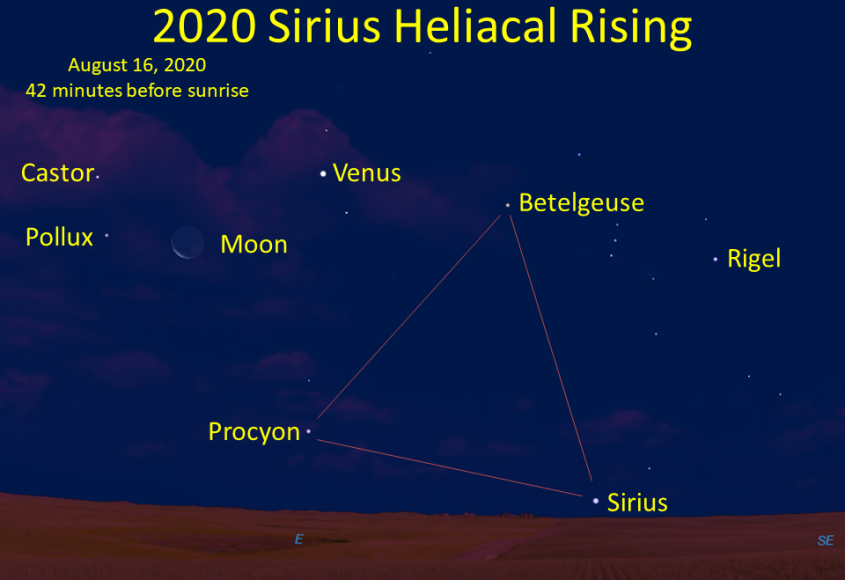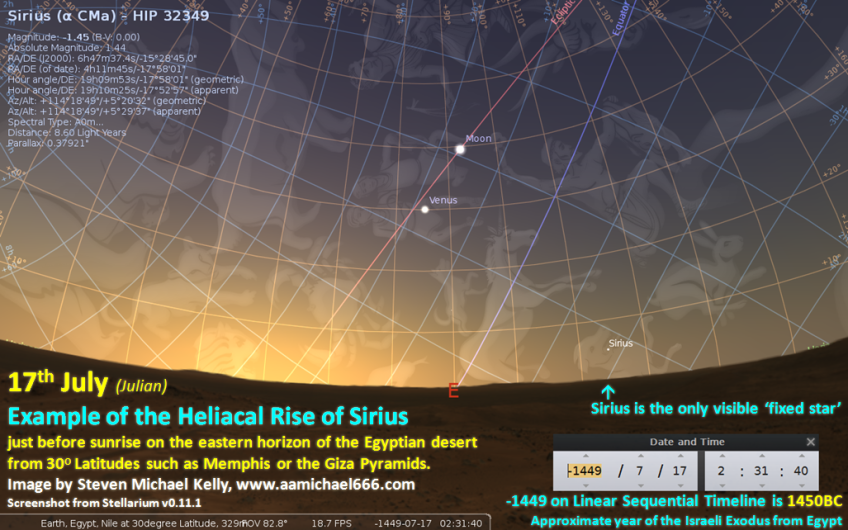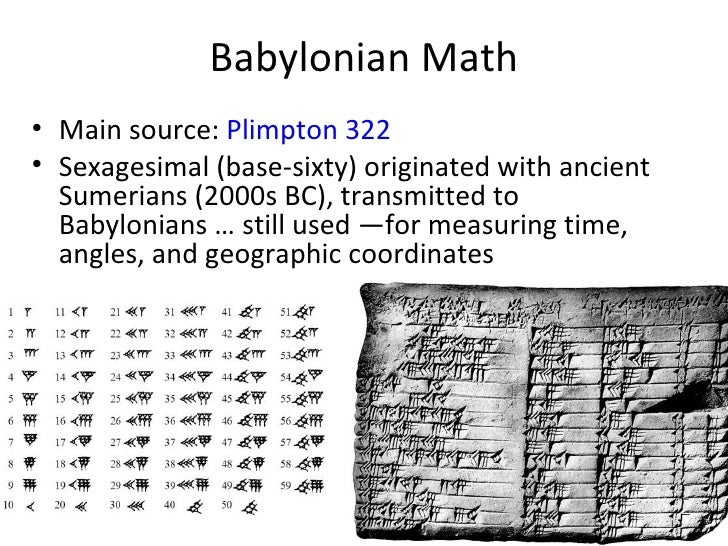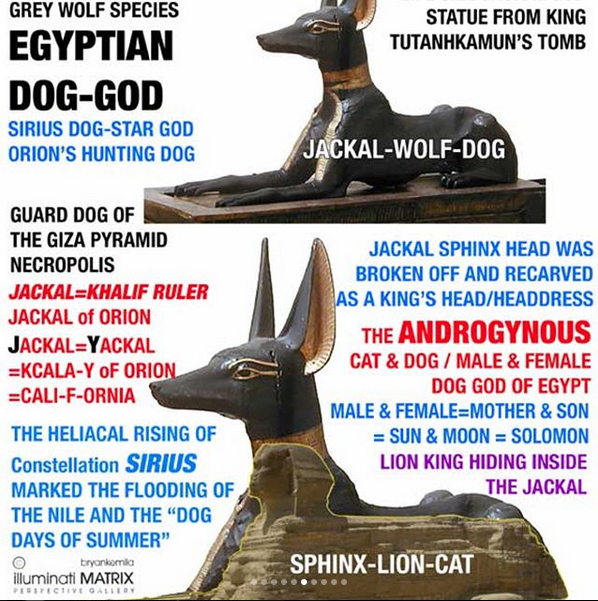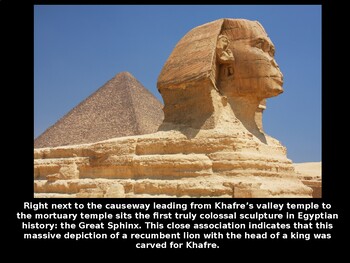Professor
Jed Buchwald wrote
"Sirius remains about the same distance from the equinoxes
—and so from the solstices
—throughout these many centuries, despite precession."
[11]
For the same reason, the heliacal rising or zenith of Sirius
does not slip through the calendar at the precession rate of
about one day per 71.6 years as other stars do
but much slower.
[12]
This remarkable stability within the solar year
may be one reason that the Egyptians used it
as a basis for their calendar.
The coincidence of a heliacal rising of Sirius and the New Year
reported by Censorinus
occurred about the 20th of July,
that is a month later after the summer solstice."
The Julian Calendar was constructed on 1st January 0045 BC,
but the Greek Pharaoh Ptolomy III
tried to add a leap year to the Egyptian Calendar, but failed
because of religious reasons in 0238 BC.

